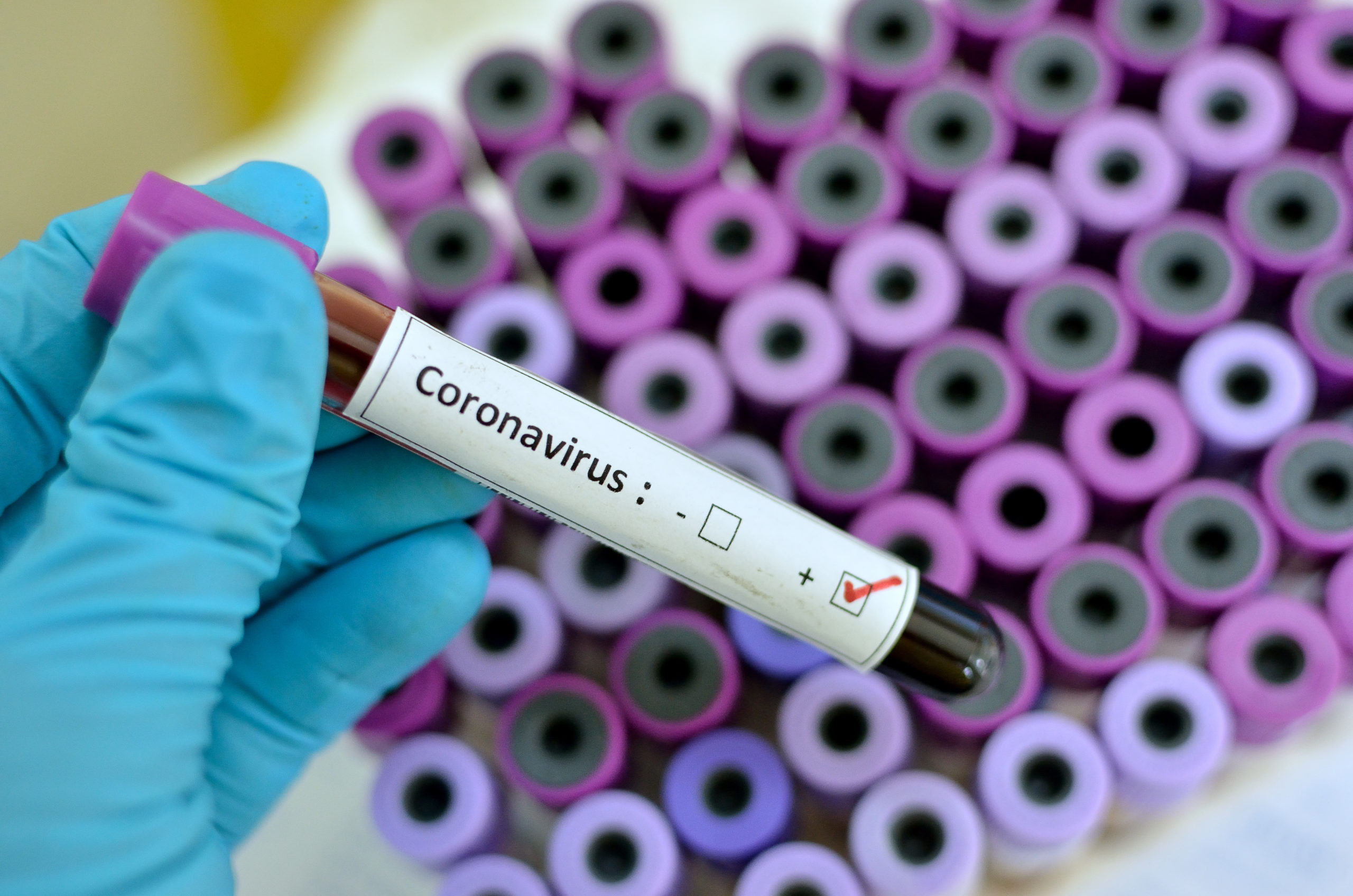Every leader in the state and nation are actively seeking to respond to the COVID-19 global pandemic. How should you be responding as a school district?
Know your resources for accurate and update-to-date information, refer to them often and direct your community to them as well. In the case of COVID, those include:
- Center for Disease Control and Prevention (CDC)
- Minnesota Department of Health (COVID-19 Situation Updates)
- MDH COVID-19 Hotline: 651-201-3920
Key Steps to Take
MREA has compiled these best practices for emergency response and management for school districts. Here are key steps to manage and respond to COVID-19 and any other crisis. View Print-Friendly Version of this Guide
1. Mobilize your Response Planning Team.
This team, led by the school superintendent, should be comprised of all the district’s leadership team. That includes all directors, covering IT, building and grounds, nutrition, finance, early childhood education and principals. This team leads the development of a District’s Response Plan for the pandemic, typically with support from a series of action teams focused on key components. Be sure to stay in communication with your union representatives.
2. Set a meeting schedule for the Response Team.
During the beginning of any crisis, the Response Team meets at least weekly to discuss updates and makes the necessary decisions. The frequency of these meetings will increase as the crisis intensifies. Establish a schedule that is aligned with status updates. These meetings should be focused entirely on the crisis.
In the case of COVID-19, it may mean your superintendent and school nurse participate in the weekly calls from the Minnesota Department of Health, the team meets later in the day to review and any major updates are communicated to staff, your board and then parents in a timely manner or during your already established communication cycle.
3. Establish central communication site.
Publish a web page on your district’s website that will serve as a central resource and includes all the necessary information for parents and your community. This should be the first place information is updated. Keep it succinct and easy to navigate. Multiple pages may be needed to achieve this.
All communications, via social media, email or phone, should direct your community to this site. Make the URL easy (For example: districtdetails.edu/covid) and add at least a sentence on COVID and a link to the page on the district’s home page. View checklist of what to include.
4. Establish communication to parents.
Expect to communicate with parents at least 1-2 times a week. Determine a standard time you will update parents each week, likely at the end of the week to provide timely information on what’s happening, what’s changing and what to expect. Provide major updates that are more urgent as needed. The frequency of these communications will increase as the crisis intensifies.
Share any communications that will go out to parents with all of your staff and board before sending them to parents (at least 30-60 minutes in advance). Staff communications likely will be more frequent than parent communications.
Focus on sharing one key message in each communication. Use headers and bullets to help organize your information and make it easy to read quickly. As possible, close with sharing when they can expect to receive the next update from you.
Keep a rolling record of this communication, including date sent, topic of message (linked to actual message) and to whom it was sent.
5. Keep refining plans.
Continue to develop and refine your response plans – on paper. Focus on how you can be proactive, look ahead and anticipate what may be needed next. Set aside time each week (or more often as needed depending on the circumstance) to list Positives (What’s working?) and Deltas (What improvements are needed?). Discuss what actions need to be taken and keep a record for your District’s Crisis Plan.
View Print-Friendly Version of this Guide
Distance Learning
Delivering distance learning for an extended period of time is a new concept for most schools. See steps to take and key questions to consider to develop your district’s plan. It is important to keep in mind that distance learning is not the same as e-learning.
Stay Connected
Stay apprised of resources and news on COVID-19 for schools at: MREAvoice.org/covid19





